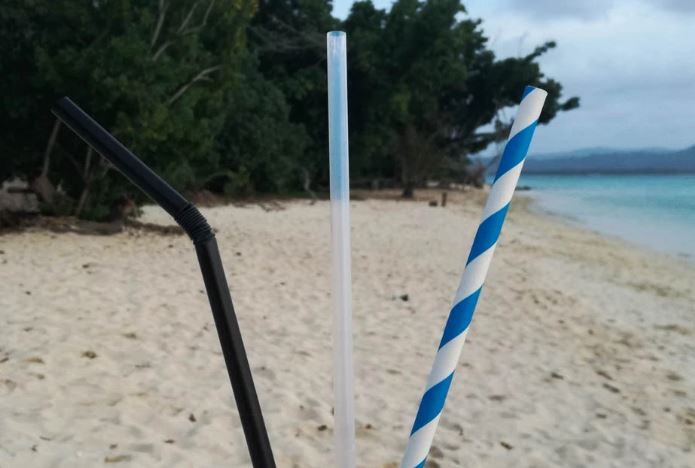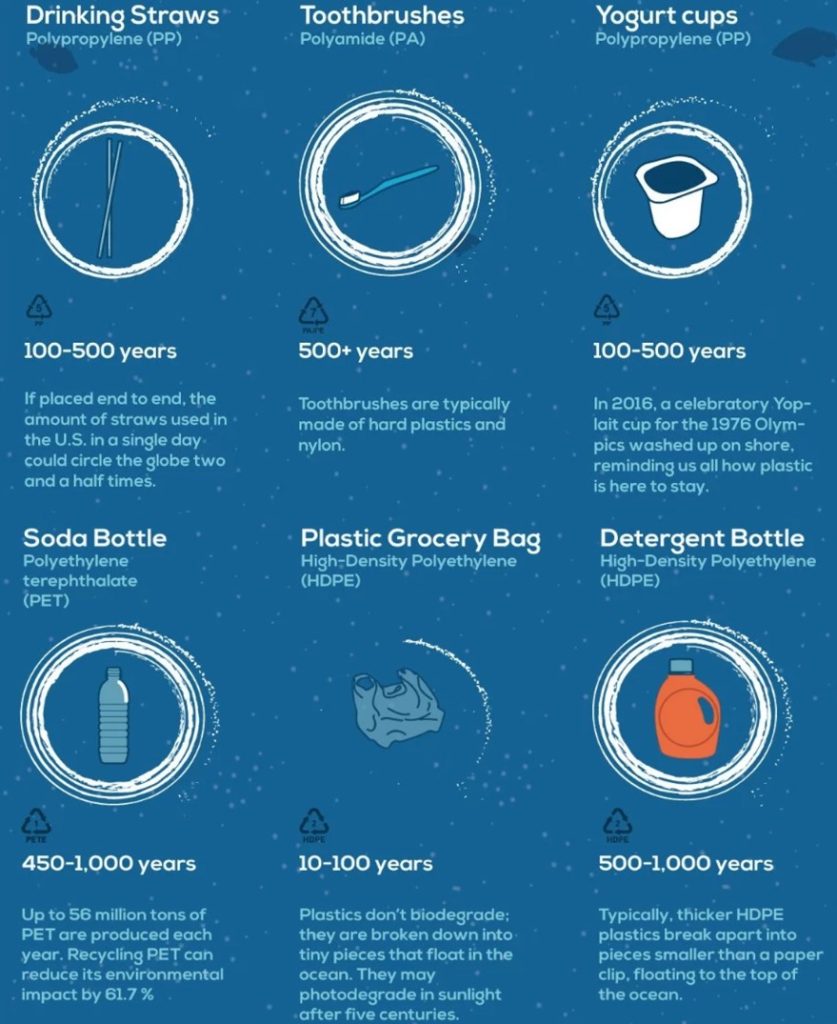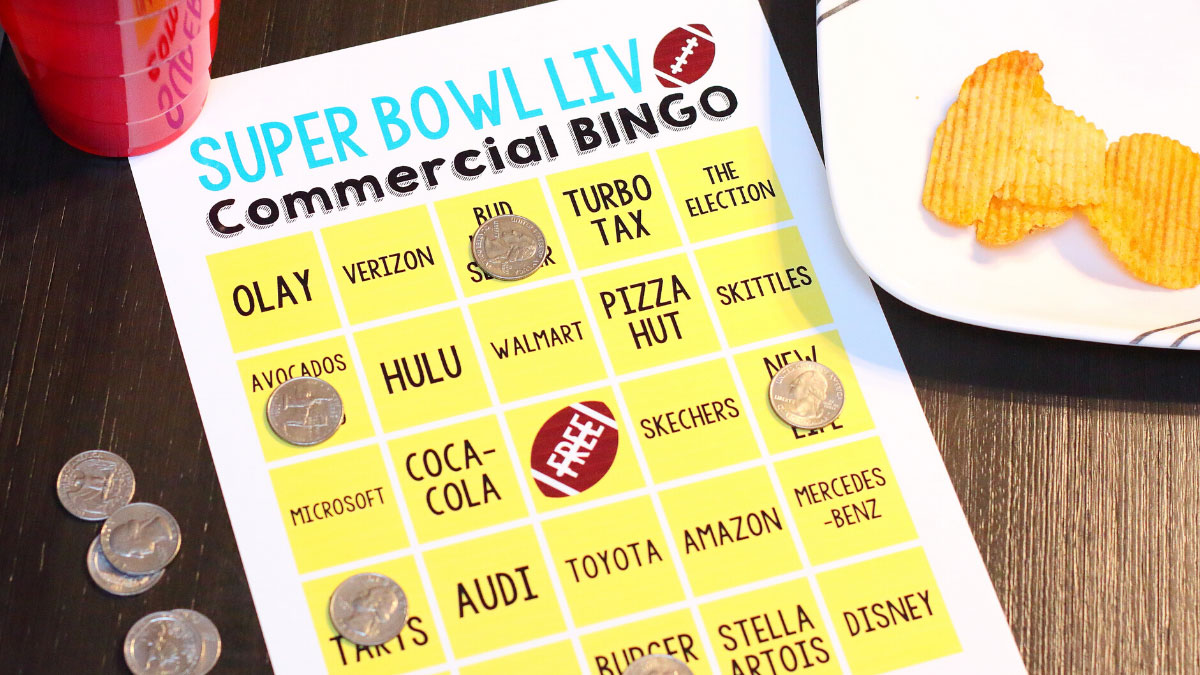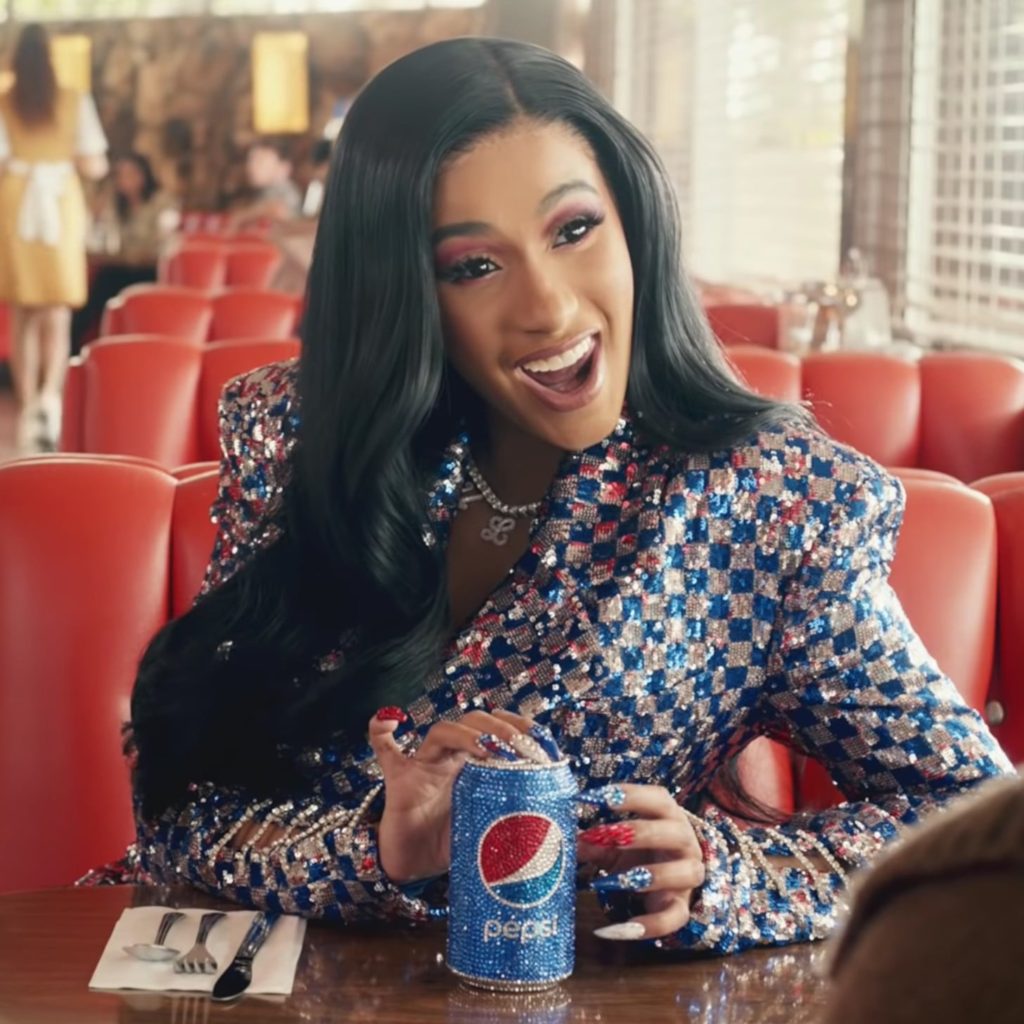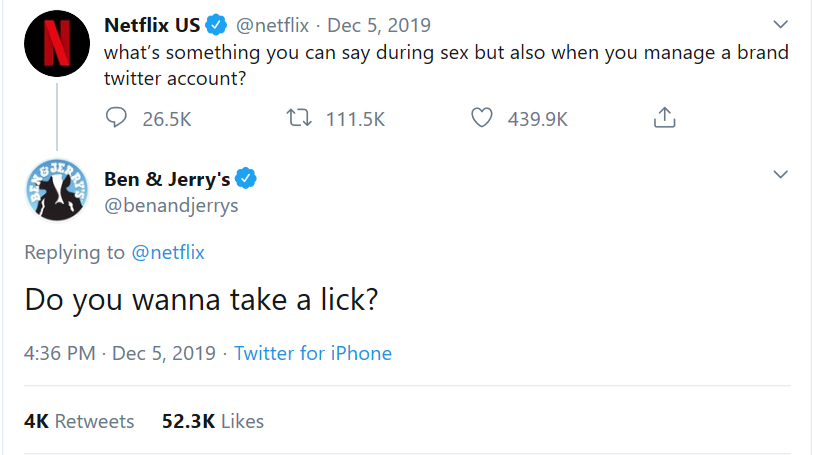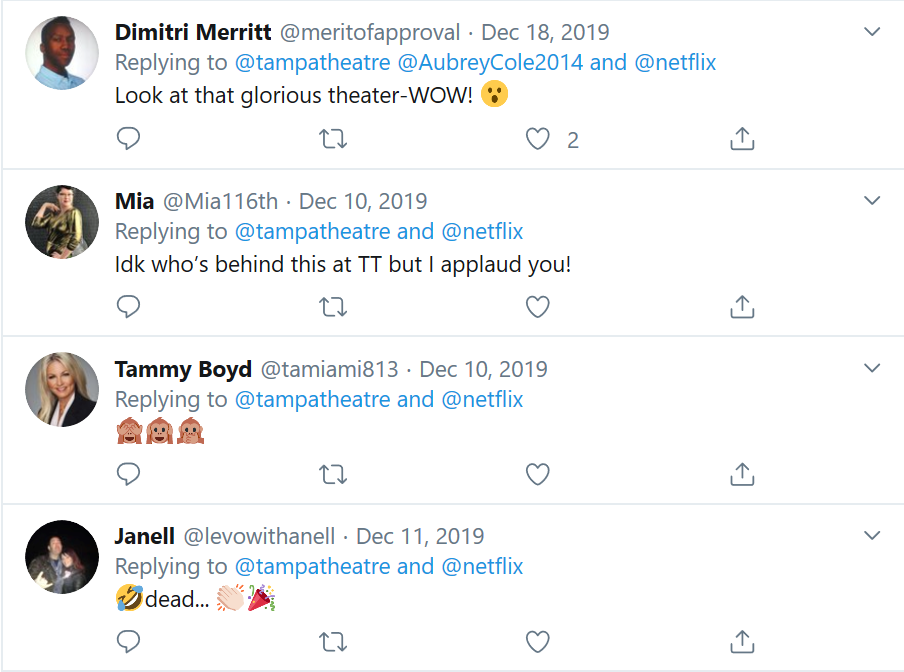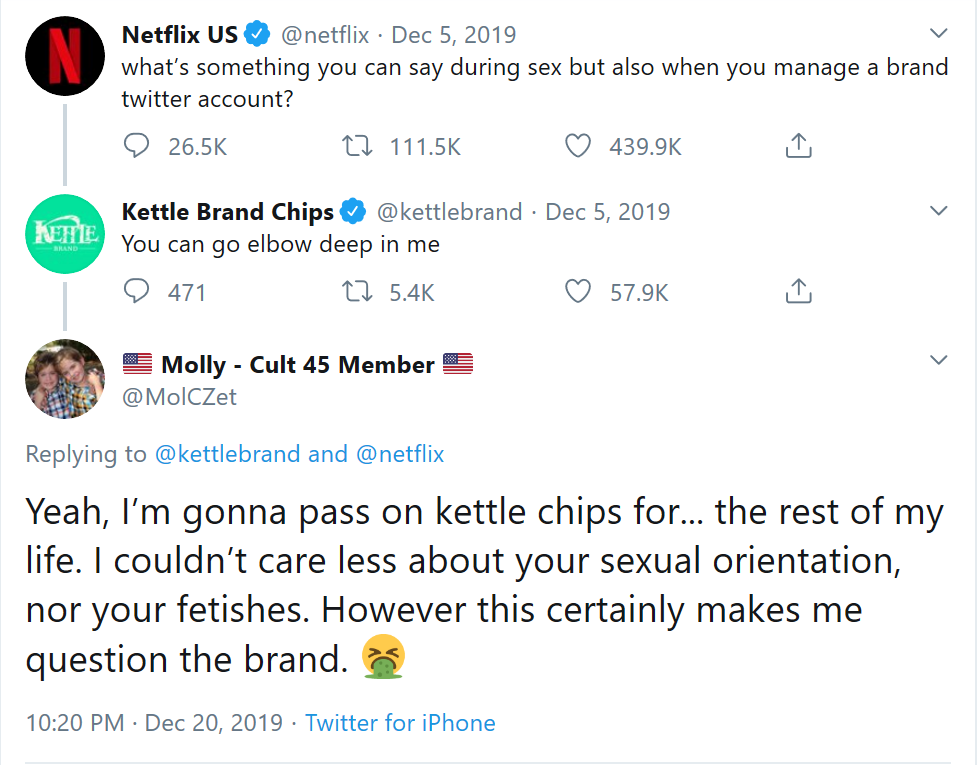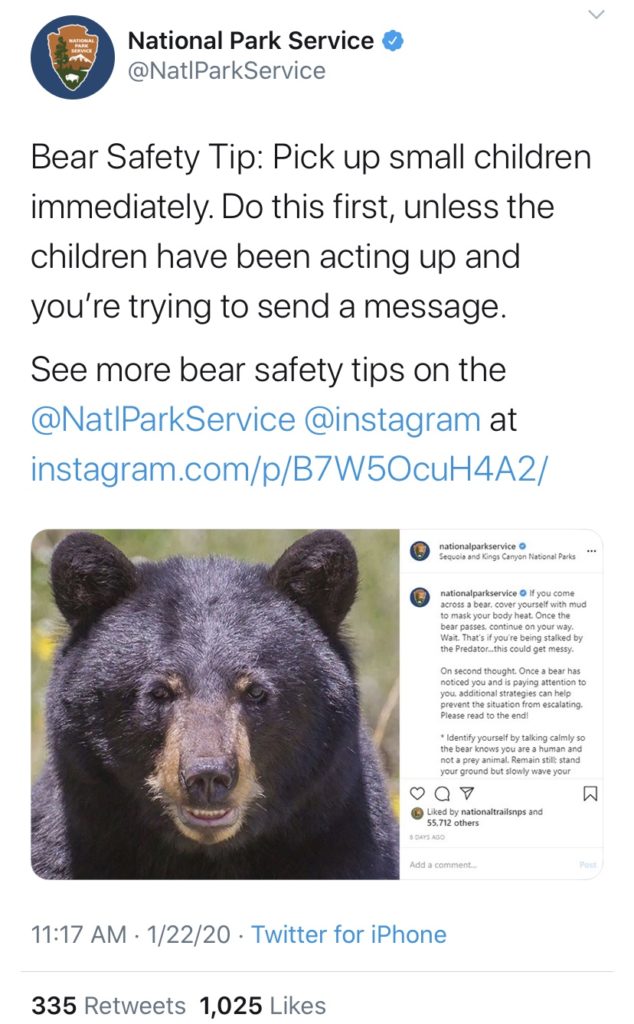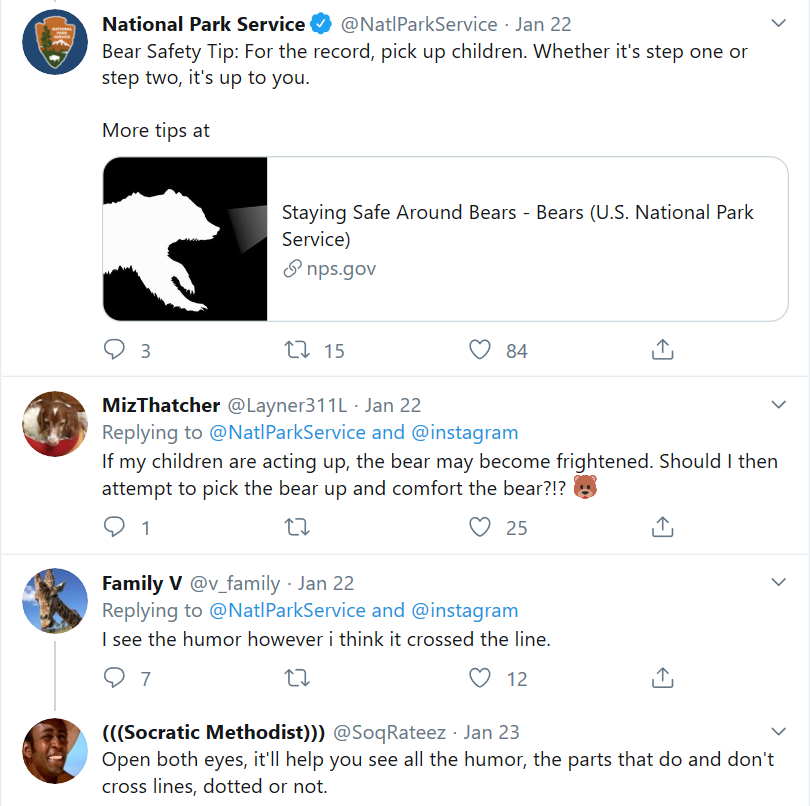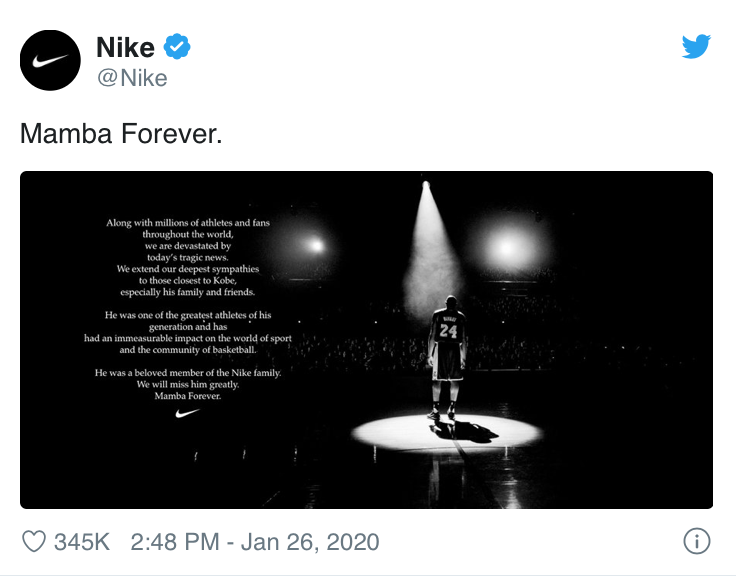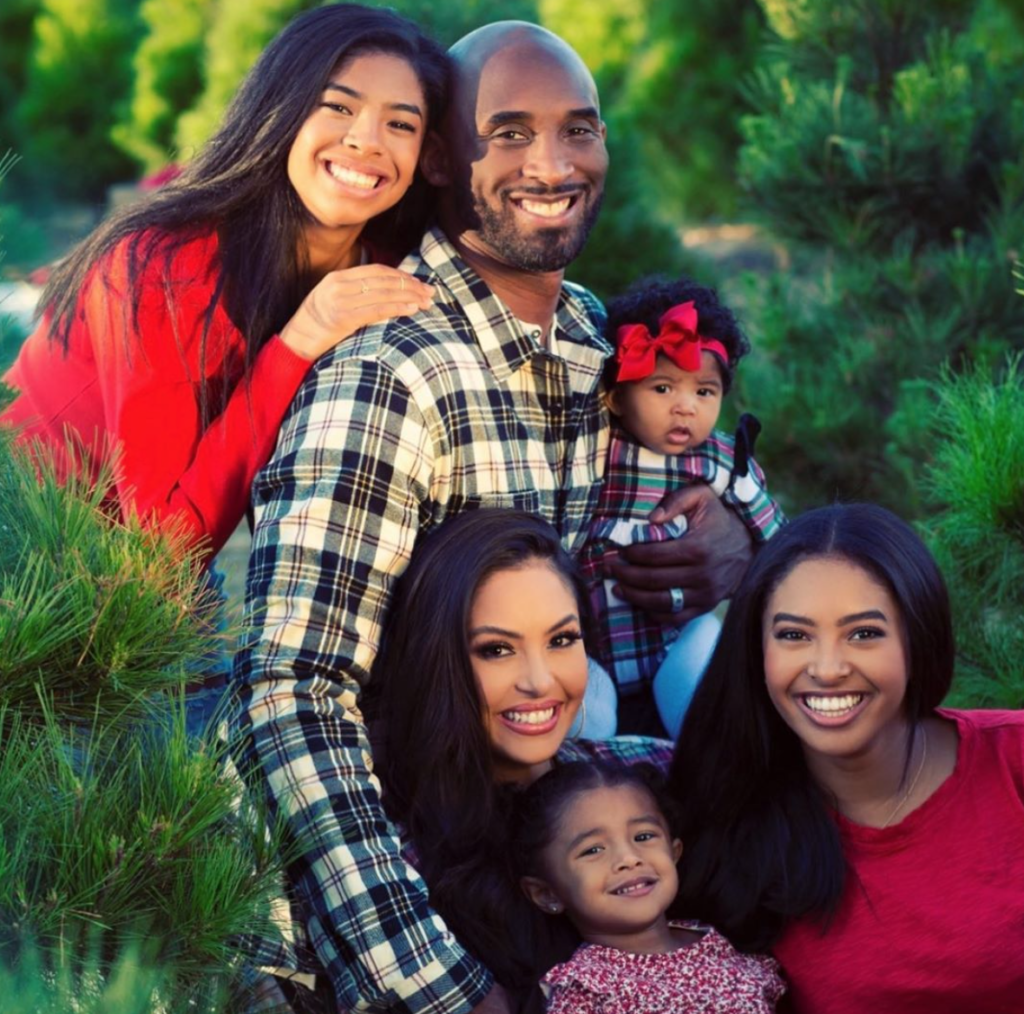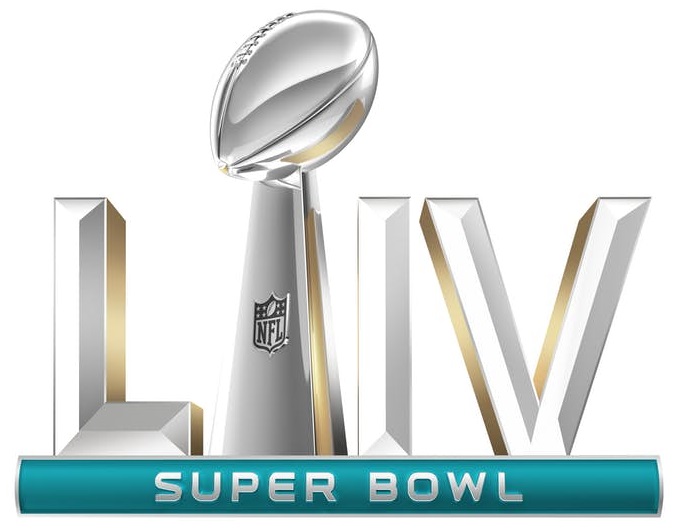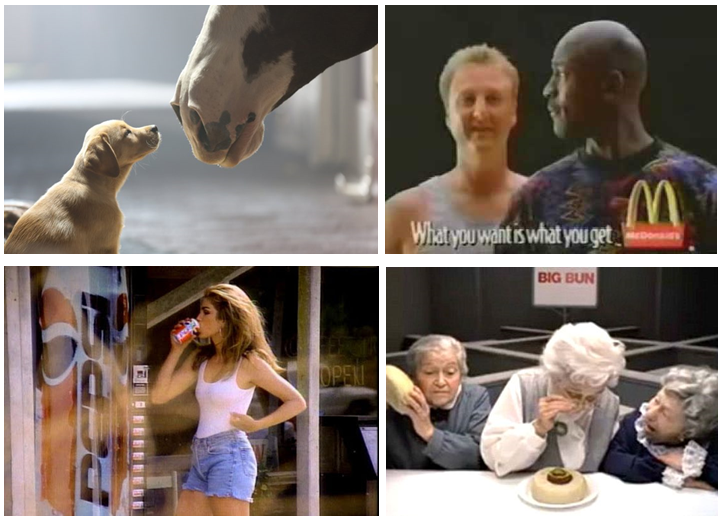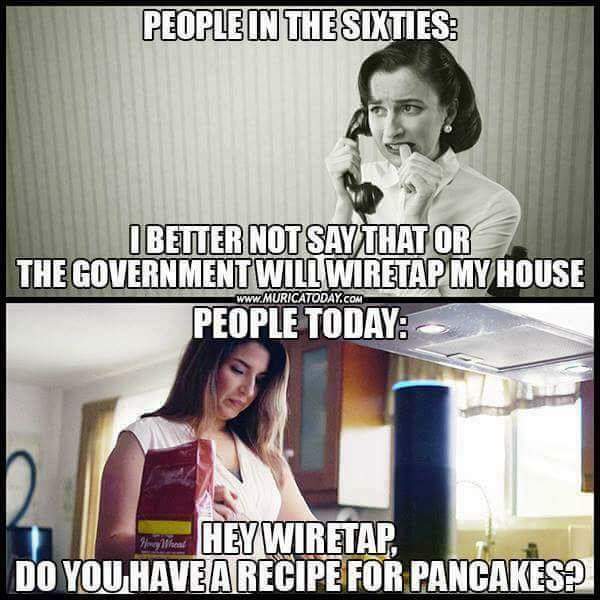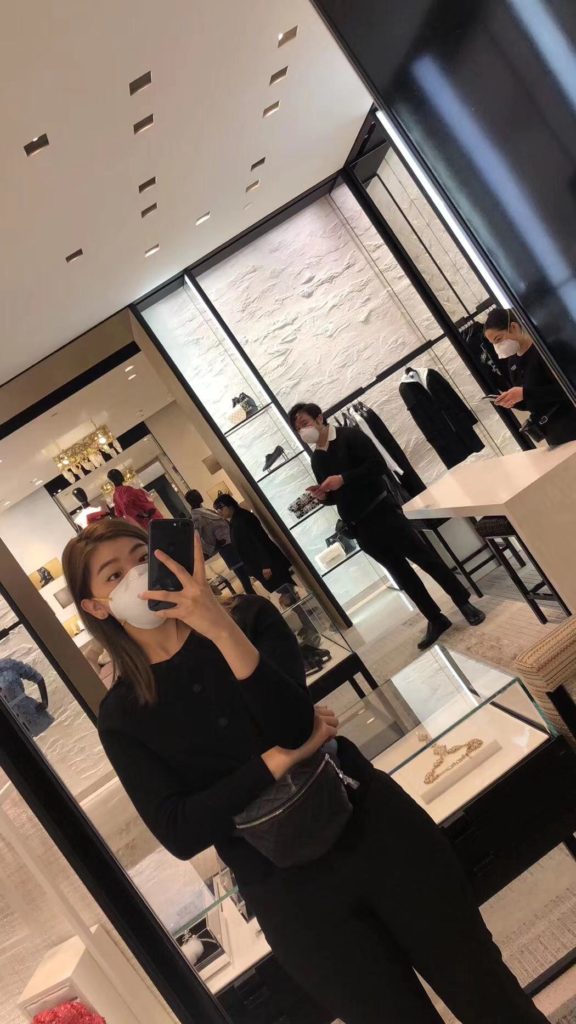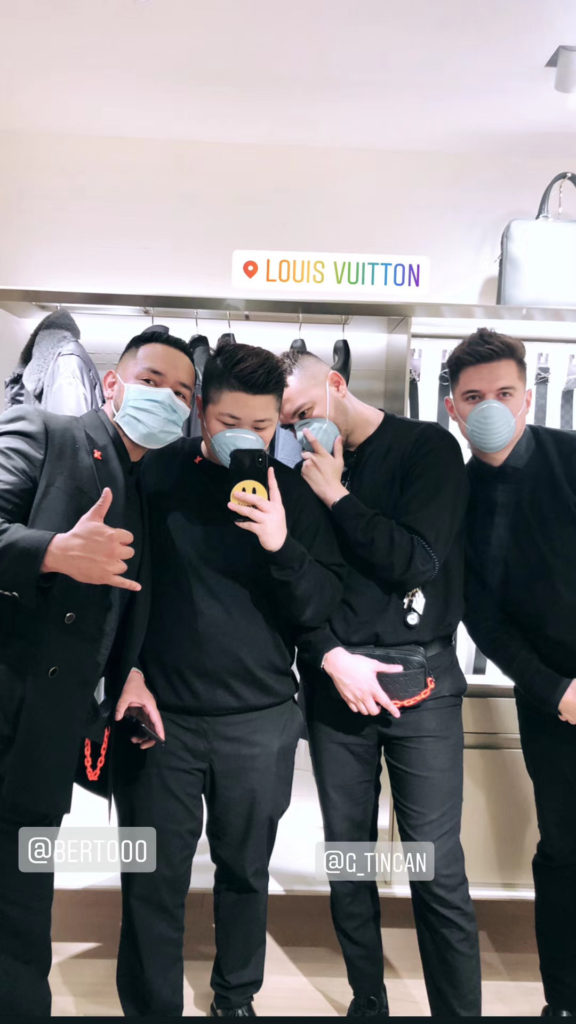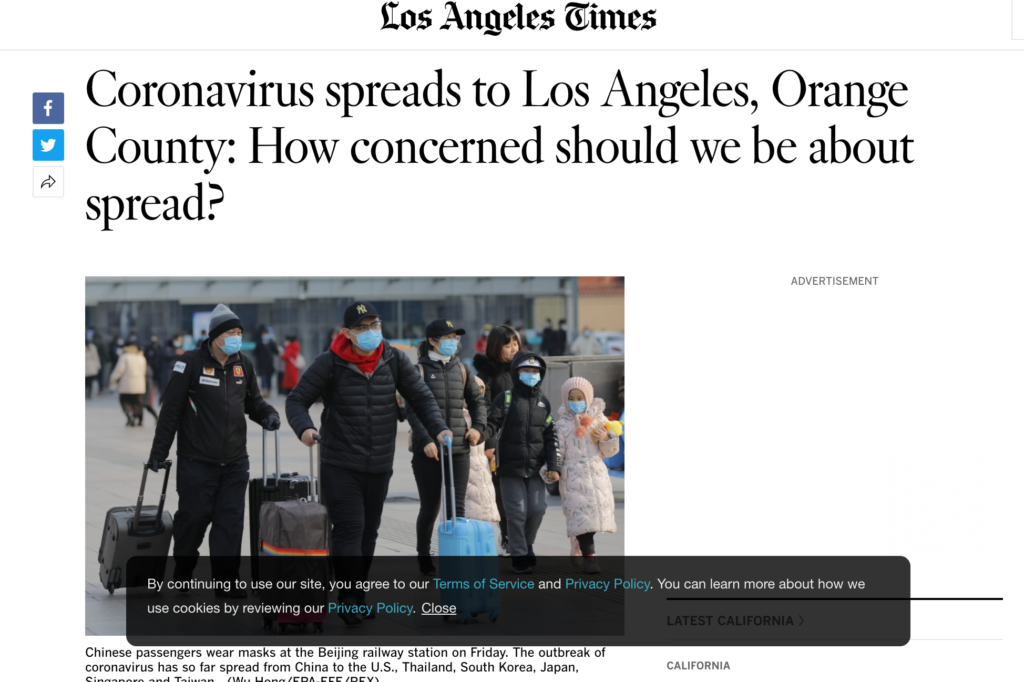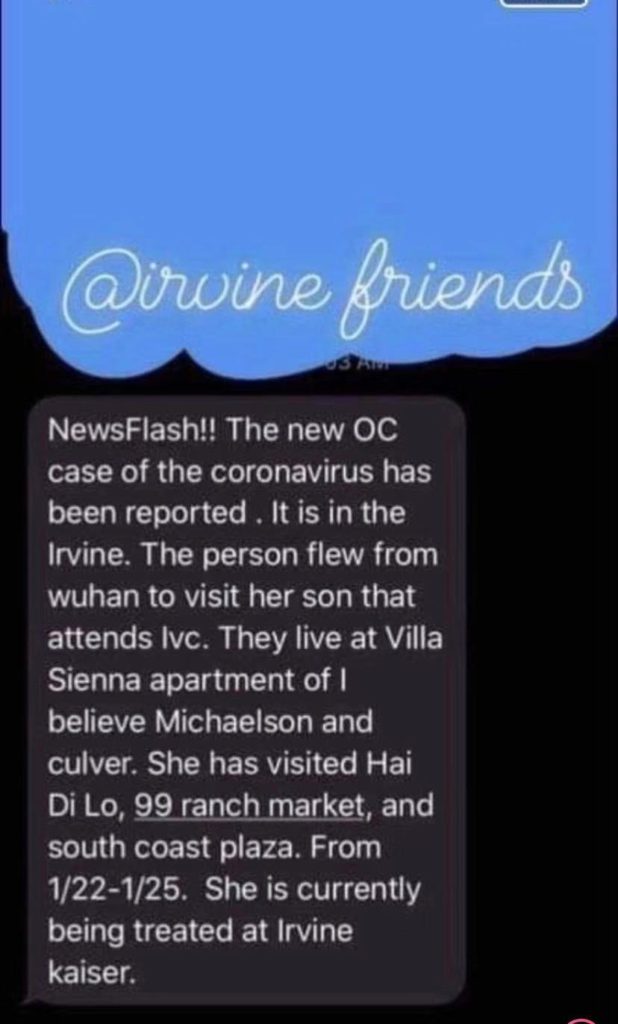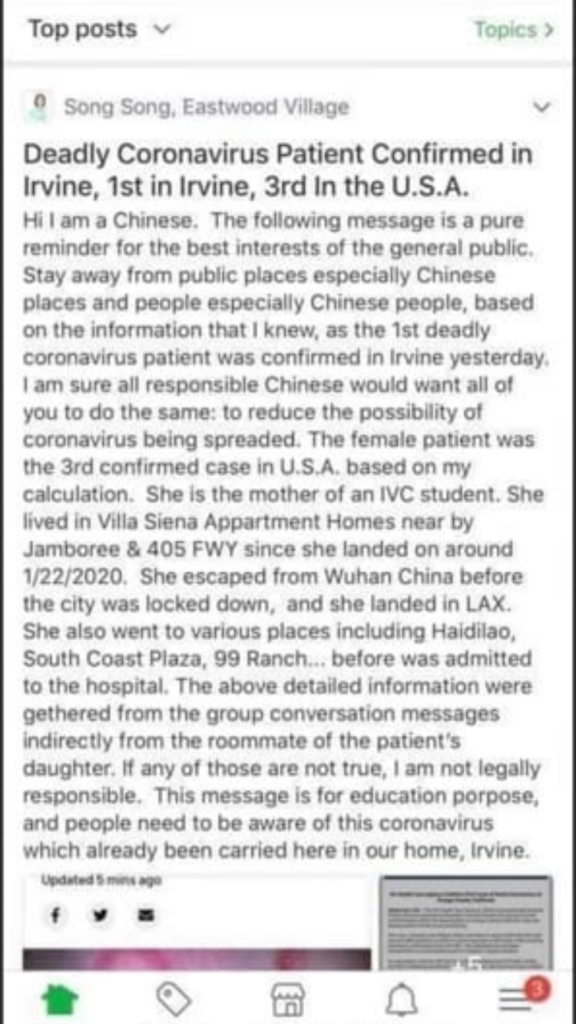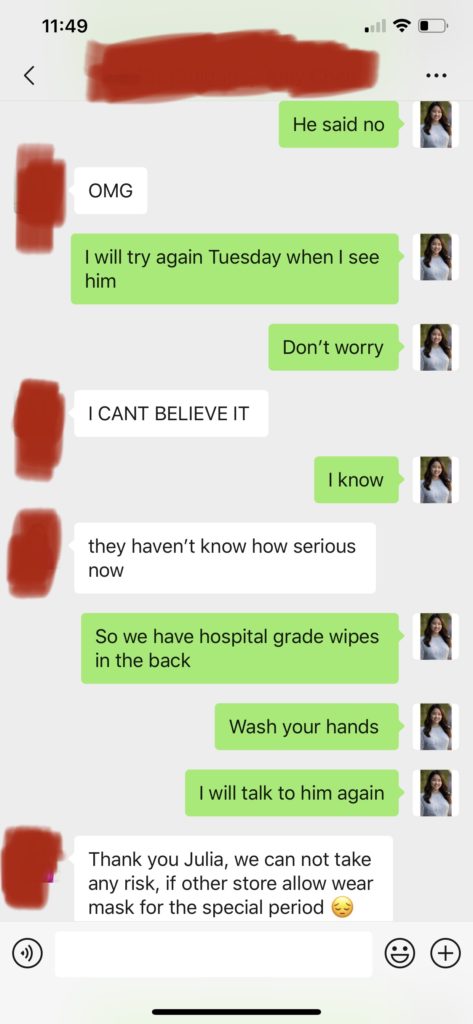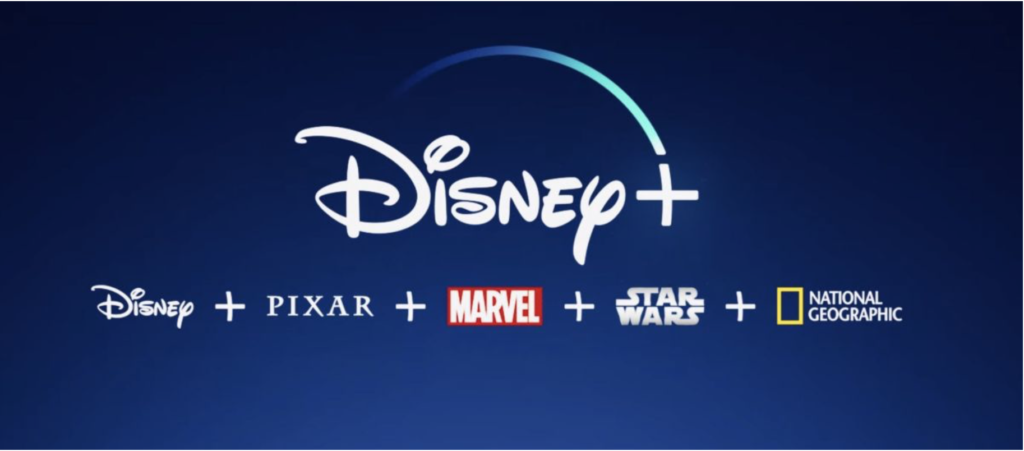
When I received an email from Verizon Wireless offering me one free year of Disney+ I immediately signed up! The chance to enjoy it for one year free thrilled me! When do you ever get to enjoy anything for free – and for a full year? Never. Disney always has a way to pull on people’s emotions, creating this intense demand, and I was hooked. Tired of reading and hearing about the ad-free service, I HAD to watch “The Mandalorian” as quickly as possible. I watched the entire season over the course of two days and was wrecked when it ended. It’s led me to look for other original content on the platform to enjoy as well as revisiting some of the movies from my childhood, another benefit of having access to the Disney Vault that’s not outdated.
Due to the nostalgia and anticipation of the Disney Vault as well as its expected release of continued original content, companies are lining up to partner with Disney’s streaming service at any cost (Littleton & Low, 2020; Weissbrot, 2020). Experts are predicting that they have amassed over 25-30 million subscribers since its launch in November of last year, almost half of the minimum number of subscribers they anticipated to reach by 2024 (Littleton & Low, 2020; Barnes, 2019). If true, that would mean that Disney+ garnered more than 10 million subscribers per month since its inception and would demonstrate the power and demand for the Disney brand within our society (Littleton & Low, 2020).
Companies are looking to these sites for opportunities to co-market as more streaming services are becoming available, further limiting their ability to create and distribute commercials targeting their desired audience (Weissbrot, 2020). For example, Delta has partnered with Disney+ becoming the only airline to carry a limited selection of titles from an extensive library and offers travelers of certain routes the opportunity to try Disney+ free for 14 days (Rotondo, 2019; Weissbrot, 2020). Other companies like Kellogg, Google and LG have also integrated with the streaming giant to offer free trials to their consumers as well.
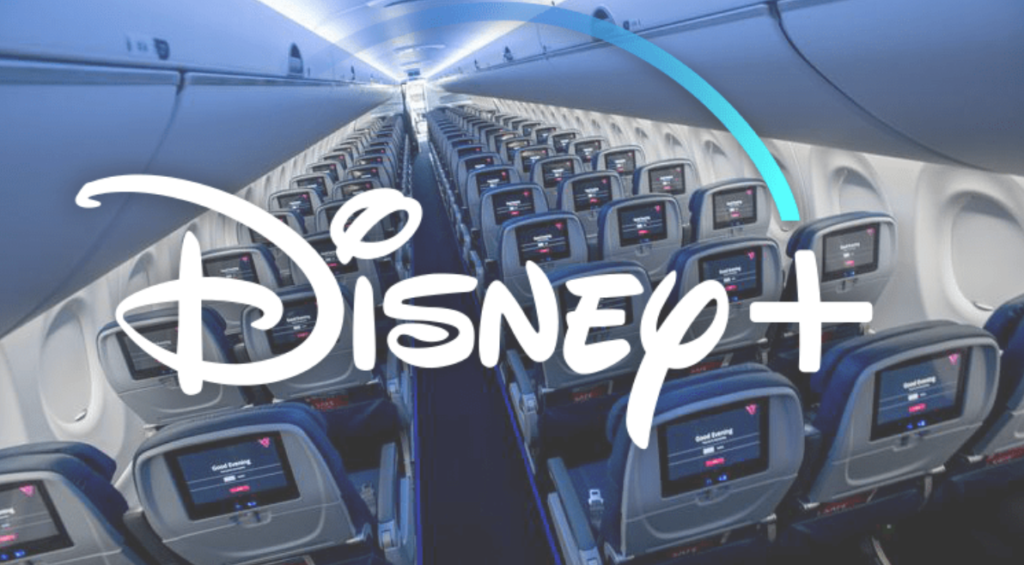
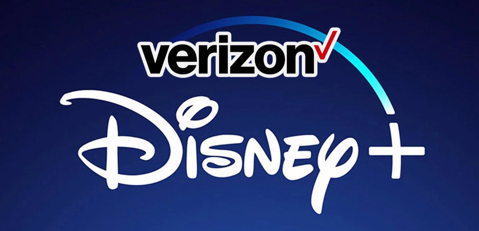
Streaming sites like Netflix and Amazon Prime are already showing branded content on their integrated platforms with the former already increasing its various branding integrations in the coming year (Weissbrot, 2020). Does this mean that Disney+ will follow the lead of other streaming sites and eventually bring in limited commercials down the line? According to Weissbrot, 2020, representatives of the Disney+ brand met with high-level executives at the Consumer Electronic Show this past month to discuss ways to maximize visibility outside of advertisements. They recognize the potential that co-marketing offers both Disney and other organizations so it’s only a matter of time before Disney adopts the integrated marketing strategies of its predecessors in some form. For example, Netflix partnered with Coca-Cola for “Stranger Things: Season 3” by bringing back the original Coke product from the summer of 1985 (Poggi, 2019).
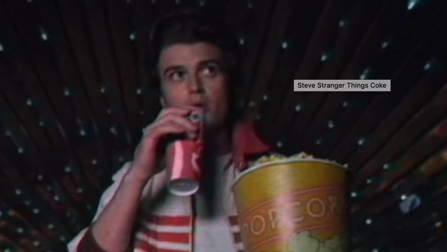
This raises the conversation about where and how advertisements will be dispersed in the future. With more and more Millennials disconnecting and instead opting for streaming services, brands will have to become increasingly creative with their approach in an effort to continue marketing to those lost (Steel & Marsh, 2015). Numerous streaming sites already work with product placement throughout their content so does this open the door for increased subliminal advertising? Or, could this possibly mean that we will see an increase of product collaborations in the future much like the Coke example from above? Let me know your thoughts!
References
Barnes, B. (2019, November). Disney Is New to Streaming, but Its Marketing Is Unmatched. The New York Times. Retrieved from: https://www.nytimes.com/2019/10/27/business/media/disney-plus-marketing.html
Littleton, C. & Low, E. (2020, January). Disney Plus Expected to Reveal More than 25 Million Subscribers, Dazzling the Industry. Variety. Retrieved from: https://variety.com/2020/tv/news/disney-plus-subscribers-25-30-million-earnings-1203487377/
Poggi, J. (2019, May). Coca-Cola Brings Back New Coke in Partnership with Netflix’s ‘Stranger Things’. AdAge. Retrieved from: https://adage.com/article/media/coca-cola-brings-back-new-coke-partnership-netflixs-stranger-things/2172826
Rotondo, A.M. (2019, December). Flying Delta? You now have access to Disney+. The Points Guy. Retrieved from: https://thepointsguy.com/news/delta-disney-streaming-service/
Schiff, A. (2019, December). Netflix Keeps Agencies At Arm’s Length On Its Brand Tie-In Deals. AdExchanger. Retrieved from: https://www.adexchanger.com/tv-2/netflix-keeps-agencies-at-arms-length-on-its-brand-tie-in-deals/
Steel, E. & Marsh, B. (2015, October). Millennials and Cutting the Cord. The New York Times. Retrieved from: https://www.nytimes.com/interactive/2015/10/03/business/media/changing-media-consumption-millenials-cord-cutters.html
Weissbrot, A. (2020, February). With Disney Plus, Advertisers Look To Go Beyond Co-Marketing. AdExchanger. Retrieved from: https://www.adexchanger.com/ad-exchange-news/with-disney-plus-advertisers-look-to-go-beyond-co-marketing/



